|
11/3/2016 0 Comments APPEALS TO NCLAT FROM ORDERS OF NCLT - WHETHER ON POINTS OF LAW ONLY OR ON BOTH FACTS AND LAW? - Published in Chartered Secretary Magazine, ICSI, October 2016
0 Comments
8/8/2016 0 Comments NCLT upholds director’s right to participate in board meeting through video-conferencing August 5, 2016[2016] 72 taxmann.com 96 (Article) ARTICLE PUBLISHED On www.taxmann.com Authors: DELEP GOSWAMI Advocate and ANIRRUD GOSWAMI Advocate Introduction Technology Meets Trade 1. The Companies Act, 2013 ('the Act of 2013') ushered in a new era in the corporate law regime in India and has brought the Indian corporate laws in tune with the global corporate law best practices. The various changes introduced in the Act of, 2013 will have a lasting impact on the way business is conducted by companies in this country. With the advent of an atmosphere of liberalisation, many new provisions were introduced in the Act of 2013 to make it easy to do business in India, whether for domestic players or for foreign companies investing in Indian companies. One such change which was formally introduced in the Act of 2013 was the enabling power of directors of a company to participate in its Board meetings via video-conferencing. The Act of 2013, thus, allowed and permitted Board Meetings to be held and conducted through the medium of video-conferencing and also enabled company Directors desirous of participating in Board Meetings through video-conferencing and intimating the company in advance of such an intent. Participation in Board Meetings Through Video-Conferencing Allowed: a Boon for Foreign Directors and Indian Directors Alike 2. In 2014, the Ministry of Corporate Affairs notified the Rules governing such participation through video-conferencing in the form of the Companies (Meeting of the Board and its Powers) Rules, 2014 ('Board Meeting Rules'). The said Rules, which were notified on 31st March, 2014, lay down the parameters for companies to be complaint while conducting and convening Board Meetings through video-conferencing and other audio-visual mode. Board Decisions that cannot be allowed to be taken via Video-Conferencing 3. With an intention of balancing the scales of power and to prevent abuse thereof, Rule 4 of the Board Meeting Rules prohibits and does not permit certain important corporate decisions to be taken by means of video-conferencing. Rule 4 makes it clear that the following matters shall not be dealt with in any Board Meeting held through video-conferencing or through other audio-visual means: (a) The approval of annual financial statements of the Company; (b) The approval of the Report of the Board of Directors of the Company; (c) The approval of the prospectus; (d) The Audit Committee Meetings for consideration of accounts; and (e) The approval of the matter relating to amalgamation, merger, demerger, acquisition and takeover.While the aforesaid recent changes were intended to facilitate the meetings of the Board of Directors of the companies to be conducted through video-conferencing, already litigations have ensued in this regard. The recently constituted National Company Law Tribunal (NCLT) had the occasion to deal with such an issue and its interpretation given vide NCLT New Delhi Bench order dated 22nd June, 2016 in the case of Rupak Gupta v. U.P. Hotels Ltd. [2016] 71 taxmann.com 158 (NCLT - New Delhi) (in short Rupak Gupta order) will have a far reaching impact on the functioning of meetings of Board of Directors of companies in India. The main question that was answered in the said ruling was whether company Directors can attend Board Meetings of the company via video-conferencing without prior intimation given at the beginning of the calendar year conveying such intention of participation through video-conferencing. Brief Facts of the Case: Rupak Gupta v. U.P.Hotels Ltd. 4. In the said Rupak Gupta's case, (supra) the applicant and his mother were continuing as Directors of the Respondent-Company. Owing to their travel plans overseas, they were desirous of participating in the Company's Board Meeting to be held on 4th June, 2016 via video-conferencing. However, the Joint Managing Director of the respondent Company denied the applicant and his mother the right to participate in the said Board meeting via video-conferencing and albeit, certain important decisions were taken in that Board Meeting, including the appointment of an Independent Director of the company and also the appointment of the Company Secretary of the company. On 28th May, 2016, the applicant received a notice from the Joint Managing Director of the Respondent-company proposing to hold a Board Meeting on 4th June, 2016 for, inter alia,selection of a Company Secretary for the company and to "deal with any other matter with the permission of the Chair". Since the applicant was aware of the importance of the issue of appointment of a Company Secretary, he conveyed his inability to participate in the said Board Meeting owing to prior travel plans overseas from the 1st June, 2016 to 14th June, 2016. Thus, the applicant requested the Joint Managing Director to reschedule the said Board Meeting either on 1st June 2016 or after 14th June, 2016. Further, the applicant himself had two additional recommendations of persons for the post of Company Secretary, which he conveyed to the Joint Managing Director. Thereafter, the Joint Managing Director of the Respondent-Company, on the very same day responded to the applicant's request by assuring him that such rescheduling was possible. The Board Meeting was now fixed for being held on 1st June, 2016. Upon this assurance, the applicant and his mother did not alter their travel plans and decided to continue travel as planned. However, the applicant was shocked to receive another notice on 30th May, 2016 which rescheduled the Board Meeting from 1st June, 2016 to 4th June, 2016. Upon inquiring, the applicant was told that since the candidates being interviewed for the position of Company Secretary were not available on 1st June, 2016, the meeting had to be fixed for 4th June, 2016. Owing to the importance concerning the position of Company Secretary in the Company, the applicant requested the Joint Managing Director to allow the applicant and his mother to participate in the said Board Meeting, at least, via video-conferencing. To this request, the Joint Managing Director of the Respondent-Company readily conceded and thus, the applicant and his mother left overseas on 1st June, 2016. Very interestingly, just a day before the scheduled Board Meeting, i.e., on 3rd June, 2016, the applicant received another notice by mail stating that the applicant and his mother could not be permitted to participate in the said Board Meeting viavideo-conferencing facility as it would tantamount to violation of Rule 3(3)(e) of the Companies (Meetings of Board and its Powers) Rules, 2014. Thereafter, the applicant made an attempt to send his representative to the company on the scheduled date of the Board Meeting to arrange for video-conferencing, via skype software, only to find the Joint Managing Director disconnecting the same and not permitting any attempts of the applicant from participating in the said Board Meeting on 4th June, 2016. Respondent's attempts to Appoint Chairman and Company Secretary without participation of the Applicant 5. In its application before the NCLT, the Applicant submitted that the impugned Board Meeting also had an agenda of appointing one Mr. B.K. Gupta as Additional Director. When this matter was placed before the Board for its approval, an Independent Director of the company, Mr. Ravindra Chaddha, expressed his objection to pass the said resolution on the ground that since the appointment of B.K. Gupta as Additional Director of the company was not mentioned in the agenda circulated to the Directors, such decision could not be permitted to be taken on the pretext of passing it under head of "other matters with the permission of the Chair". The ill intention of the Joint Managing Director was further revealed when it was submitted by the counsel of the Applicant that despite facing opposition on the appointment of Additional Director, the Joint Managing Director went ahead and also convened yet another Board Meeting thereafter on 22nd June, 2016 to confirm the Minutes of the meeting held on 4th June, 2016, which would confirm the appointment of Mr. B.K. Gupta as non-executive independent Chairman of the company, as well as appointment of another Independent Director of the Company and for the formation of Audit Committee, Nomination and Remuneration Committee and other Committees and for appointment of Chairman of such committees. Additionally, the meeting scheduled to be held on 22nd June, 2016 was also to confirm statutory compliances, signing of balance sheet and annual accounts for the year 2012-2013 and for fixing the date of the Annual General Meeting of the shareholders. It was argued before the NCLT that first of all, an unabashed attempt was made by the Joint Managing Director of the Respondent-Company to somehow convene the Board Meeting on 4th June, 2016 while the Applicant and his Mother were out of station and secondly, another Board Meeting was proposed to be held on 22nd June, 2016 to give effect to the resolutions passed on 4th June, 2016 by getting the confirmation of the Minutes passed at the Board meeting held on 4th June, 2016. Moreover, it was also contended that an attempt was being made by the Joint Managing Director of the company to appoint the person who was appointed as independent director of the company on 4th June, 2016, as the new Chairman of the company and also ensure appointment of the Joint Managing Director's recommended candidate as the Company Secretary. Thus, the application was moved before the NCLT to pass interim orders staying the operation of the resolutions passed in the meeting dated 4th June, 2016 and also to restrain the Respondents from convening the board meeting on 22nd June, 2016. Can Video-Conferencing Participation Right Be Denied to Director of Company? 6. In its defence to the query posed by the Hon'ble NCLT as to why the applicant and his mother were not allowed to participate in the board meeting on 4th June, 2016 via video-conferencing, the Respondents cited Rule 3(3)(e) of the Board Meeting Rules, 2014. For ease of reference the said Rule 3(3)(e) is reproduced below:-- "…Rule 3(3)(e) - The director, who desire, to participate may intimate his intention of participation through the electronic mode at the beginning of the calendar year and such declaration shall be valid for one calendar year." The Respondents further contended that there being no prior intimation from the Applicant at the beginning of the calendar year for participation in the Board Meetings through video-conferencing, the Applicant and his mother were barred by the fetters of Rule 3(3)(e) of the Board Meeting Rules, 2014, and, thus, could not be permitted to participate in the company's Board Meeting via video-conferencing. Citing this reasoning, the Respondent-Joint Managing Director of the company stated that despite his initial assurance of allowing the Applicant and his mother for participation through video-conference, the Joint Managing Director could not allow the violation of Rule 3(3)(e) in the process. In this context, it is also pertinent to note the 'Secretarial Standard on Meetings of the Board of Directors', also known as Secretarial Standard-1 (or 'SS-1') were issued by the Council of the Institute of Company Secretaries of India and were approved by the Central Government in line with the provisions of the Act of 2013. Consequently, a company has to mandatorily adhere to or be in compliance with the standards prescribed in the SS-1 as per the provisions of the Companies Act, 2013. As per clause 1.2.3 of the said SS-1, which deals with participation in Board Meetings by 'Electronic Mode' (which includes video-conferencing): "any Director may participate through Electronic Mode in a Meeting, if the company provides such facility, unless the Act or any other law specifically does not allow such participation through Electronic Mode in respect of any item of business". Further, the explanatory clause to Clause 1.2.3 of the SS-1 lays down that Directors shall not participate through Electronic Mode in the discussion on certain restricted items, unless expressly permitted by the Chairman. Such restricted items of business include approval of the annual financial statement, Board's report, prospectus and matters relating to amalgamation, merger, demerger, acquisition and takeover. Similarly, participation in the discussion through Electronic Mode shall not be allowed in Meetings of the Audit Committee for consideration of annual financial statement, including consolidated financial statement, if any, to be approved by the Board, unless expressly permitted by the Chairman. The SS-1 define's 'Electronic Mode' as follows: in relation to Meetings it means Meetings through video-conferencing, or other audio-visual means. "Video Conferencing or other audio-visual means" means audio-visual electronic communication facility employed which enables all the persons participating in a Meeting to communicate concurrently with each other without an intermediary and to participate effectively in the Meeting. Thus, even in the SS-1 it is clearly indicated that electronic mode is a valid mode for participation of Directors in a Board Meeting. These standards have to be complied with by companies in validly holding and convening Board Meetings. The SS-1 further lay's down other requirements,inter alia, time-stamp on the minutes, formal written record of the minutes in written or electronic form and even maintaining a minutes book either in physical form or in electronic form. Therefore, the intention of the legislation in formulating these SS-1 is clear as to the extent that video-conferencing and electronic mode of communication and storage are to be allowed and Directors must be enabled to participate in Board Meetings by incorporating such technology. Respondents' Contention: Applicant Did Not Come to NCLT With Clean Hands 7. Coming back to the Rupak Gupta case (supra) the Joint Managing Director of the Respondent-Company raised another contention that since the company was essentially a family-owned entity and it was facing disputes between two groups of family members, there was actually an impending company application in the NCLT which had ordered that the status-quo be maintained in respect of disputed assets of the company and that the two factions of the family were ordered not to interfere with each other's delineated portion of assets. However, the said company application was pending in the Hon'ble Tribunal. The Respondents submitted that the Applicant had left no stone unturned in trying to get the said order reversed, even to the extent of approaching the Supreme Court but failed in doing so. Therefore, as per the status-quo ordered by the Hon'ble Tribunal in that other matter, the management and control of the Respondent-Company remained in the hands of the Respondent-Joint Managing Director, i.e., R2(e). The Respondents also contended that the Applicant and his mother would never cooperate with any resolutions proposed to be passed by the Board of Directors of the Company and that the Respondents were not allowing to make statutory compliances. That upon the demise of one of the directors from B group (the group belonging to Joint Managing Director's family), the Board's equation had been changed and, hence, the respondents should be allowed to appoint their candidate on the Board of the company. NCLT Ruling: Prior Intimation under Rule 3(3)(e) Only a Directive, Not a Mandate – Thus, Director Can Participate via Video-Conferencing 8. Coming to the main issue concerning the Rupak Gupta case (supra) the NCLT analysed the impugned provision of the Board Meeting Rules, 2014 and held that it is the duty of the Directors convening the Board Meeting to inform other Directors regarding the options available to them for participation through audio-video means and video-conferencing. The purpose behind doing so is that the Directors convening the Board Meeting have the obligation to provide every facility to the directors seeking video-conferencing and enable them to participate in the concerned Board Meeting. Upon an analysis of the Rule 3(3)(e), the Hon'ble NCLT held that the said Rule only states that if a Director gives an intimation at the beginning of the calendar year expressing its desire or request to participate in the Board Meeting through video-conferencing, such intimation shall remain valid for the entire calendar year. However, the Hon'ble NCLT held that nowhere in the language of Rule 3(3)(e) was it stated that if such intimation is not given at the beginning of the year, video-conferencing is not to be provided in that calendar year. Therefore, the Hon'ble NCLT interpreted the scope of Rule 3(3)(e) of the Board Meeting Rules, 2014 to be an 'enabling' provision rather than a disabling provision. In other words, it is not conditional upon the Directors to mandatorily intimate the company of its decision to participate through video-conference at the beginning of the year. If such intimation is not given at the beginning of the year, the Director seeking video-conferencing shall be permitted to participate in the Board Meeting through video-conferencing or other audio-visual means. The Hon'ble NCLT was of the considered view that when a provision is so read, it has to be read wholly and not in pieces. Recognizing the Reasoning Submitted by the Respondents 9. The Hon'ble Tribunal was not insensitive to the fact that the balance in the Board of Directors was skewed against the Respondent-Joint Managing Director's side of the family owing to the demise of one of the Directors of the B Group. However, the Hon'ble Tribunal felt that the Respondent-Joint Managing Director ought to have awaited the final decision in the existing company application regarding the status-quo of the disputed assets of the company and ought not to have over-reached the court by adopting this method of balancing the equation of the Board by surreptitiously getting its own candidate appointed as an independent director and Chairman of the Company. NCLT Stays Operation of Resolution Passed In Board Meeting where Applicant and His Mother were Denied Participation 10. The Hon'ble NCLT came to the rescue of the Applicant and his mother, both of whom being continuing Directors of the Company were wrongly denied the right to participate in the Board Meeting via video-conferencing and, thus, passed interim orders staying the operation of the resolutions passed in the Board Meeting held on 4th June, 2016 and also withheld the passing of resolutions in respect of other important items that were part of the Board Meeting scheduled to be held on 22nd June, 2016. Conclusion 11. The intention of the law-makers is to encourage ease of doing business in India and enable foreign investors and their nominated foreign Directors to participate in the Board Meetings of the Indian entity via innovative technology, i.e., video-conferencing or skype or other voice-over-internet protocol (VOIP). However, the family-run businesses continue to engage in a tug-of-war between estranged family members who are also stakeholders engaged in protracted legal battles and who will go to any extent to abuse the law by denying other's their legitimate right's and by ensuring that control over the management of the company, remain in the hands of a few. In light of the scheming tactics adopted by the family-run businesses to deny each other any control or even legitimate right of participation in Board Meetings, which is a basic right of a Director, such ruling by the Hon'ble NCLT has proven that the newly-formed Company Law body is determined to weed out attempts by ingrown companies to violate provisions of corporate governance and ensure that a healthy atmosphere of enforceability exists in the Indian corporate ethos. ■■ 7/11/2016 0 Comments NCLT - A Single Window Tribunal For All Company Law Litigations - Opens Window of Opportunities for Practising CSPublished in Chartered Secretary Magazine of the ICSI, July, 2016 Issue
|
AuthorAnirrud Goswami, Advocate, Goswami & Goswami, Associates and Advocates, Archives
August 2020
Categories |

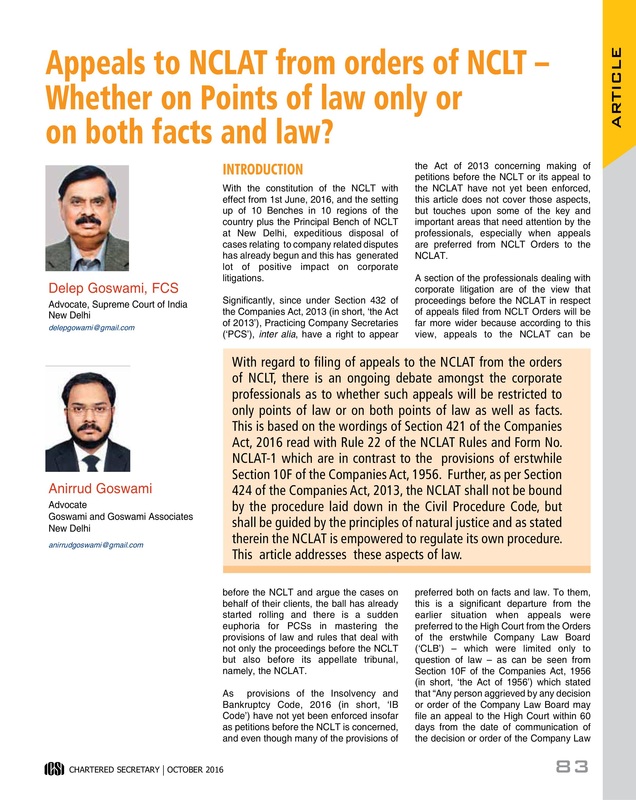
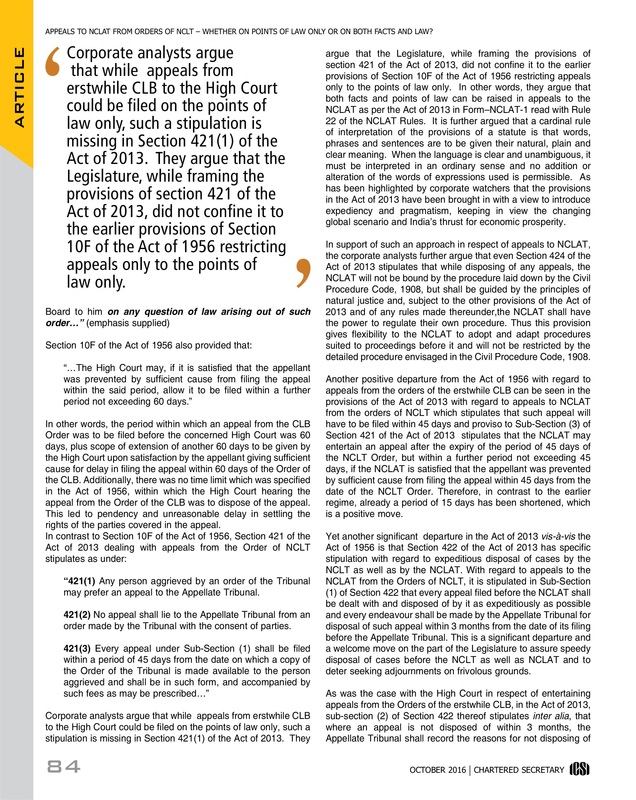
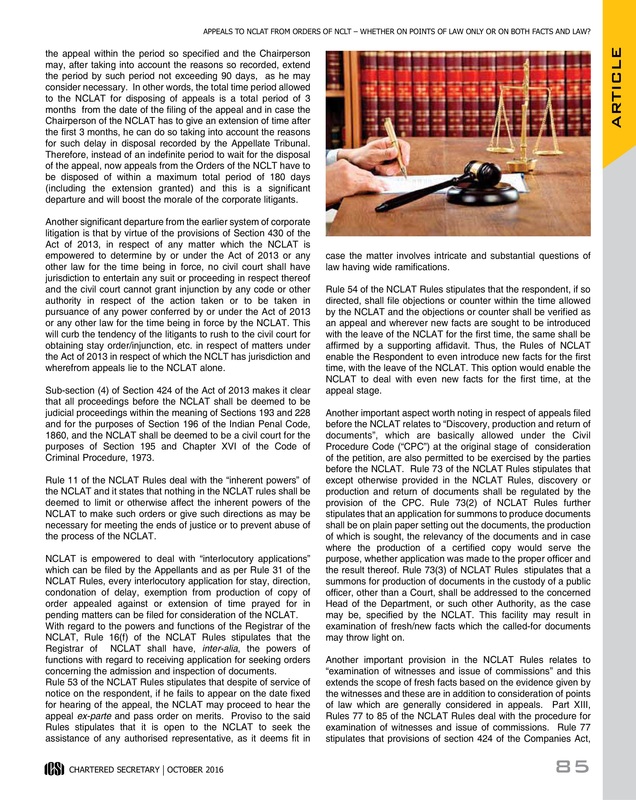
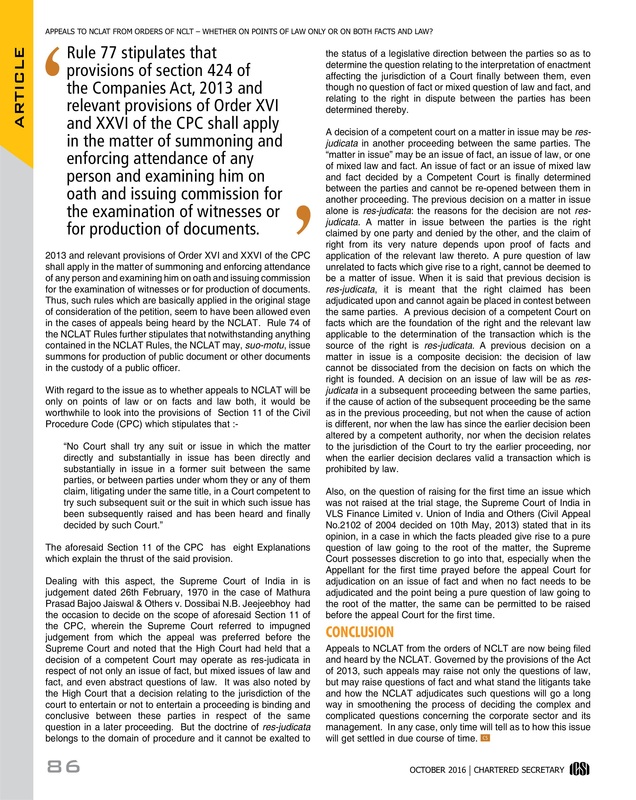
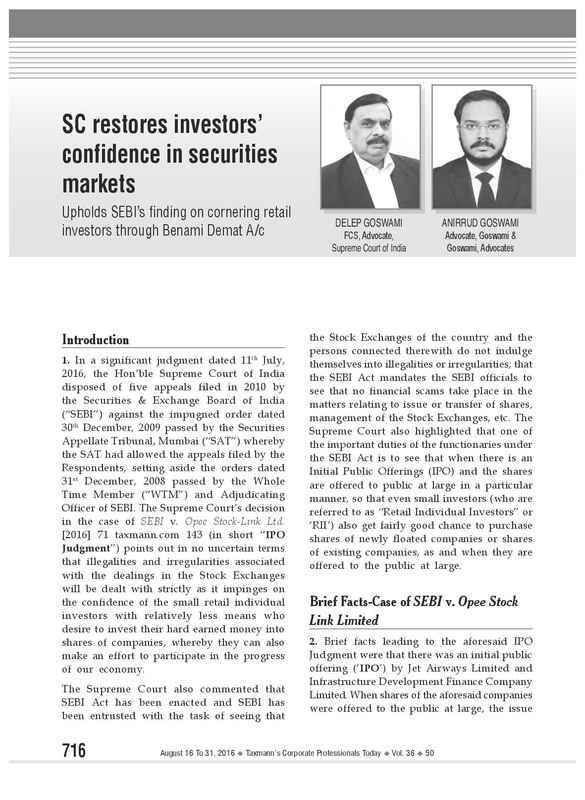
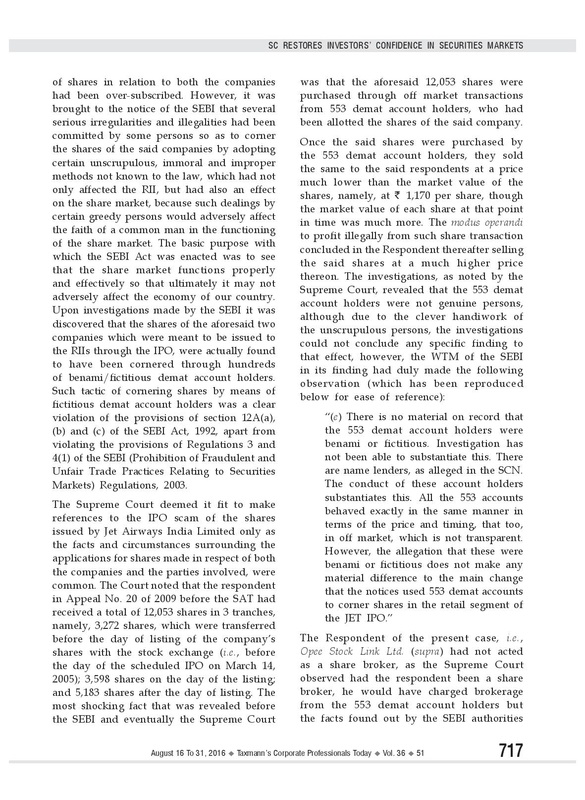
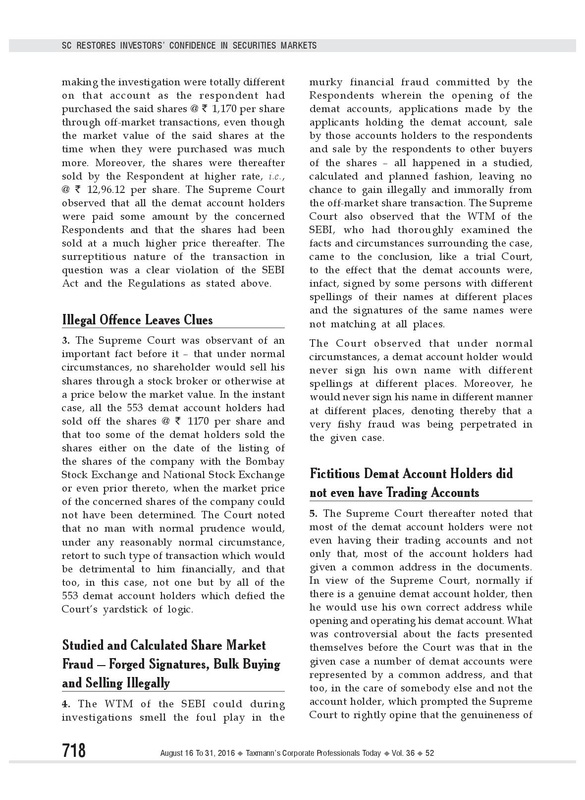
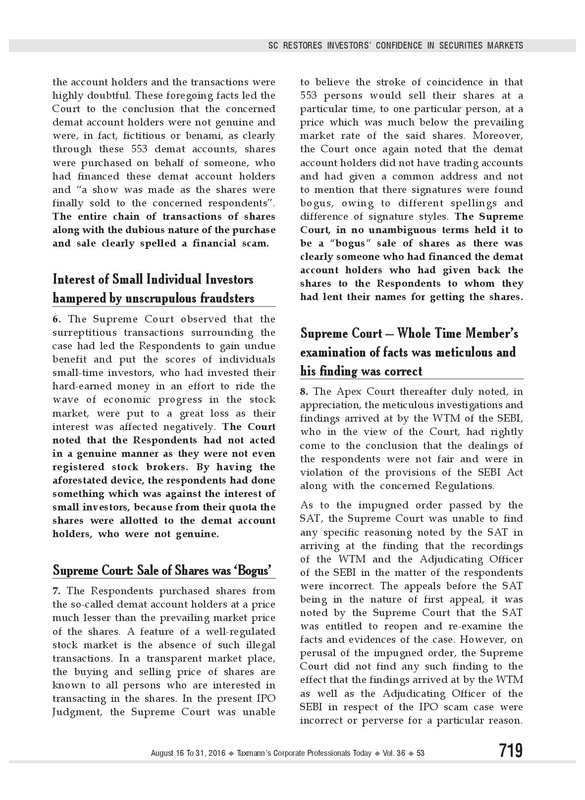
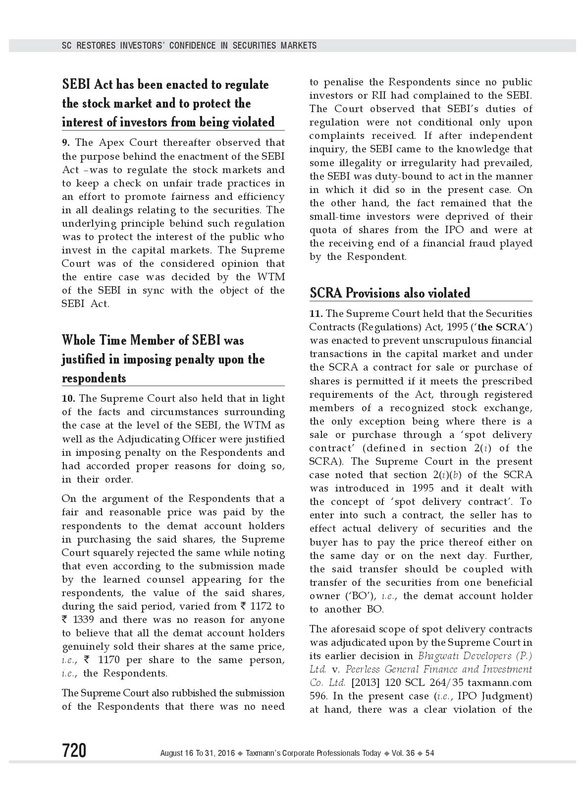
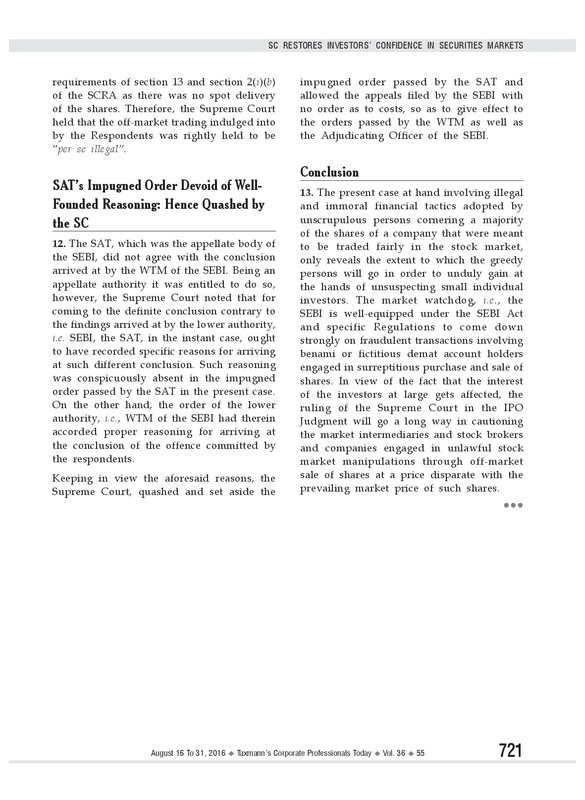


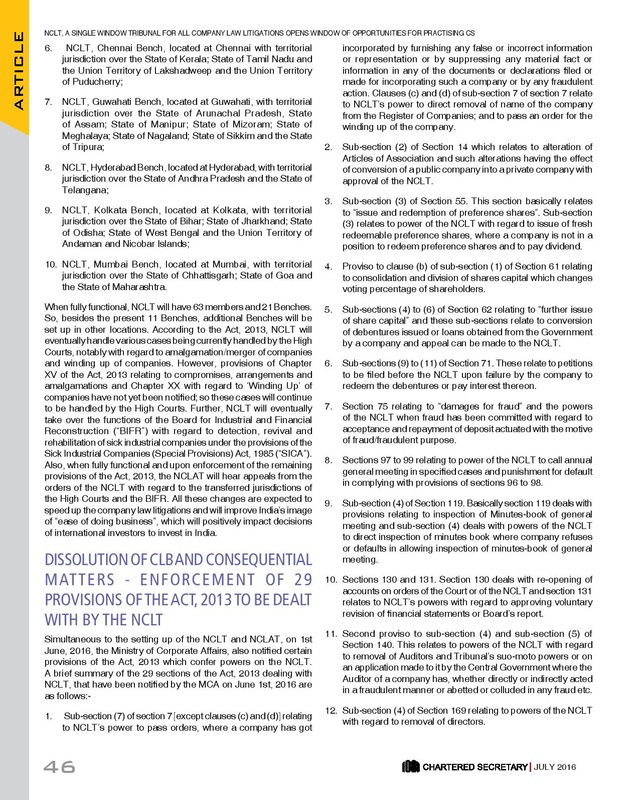
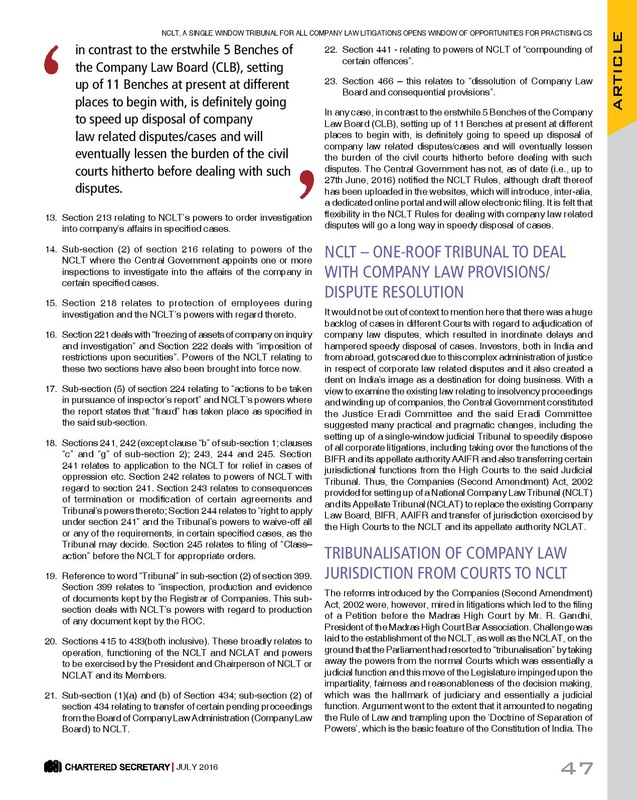
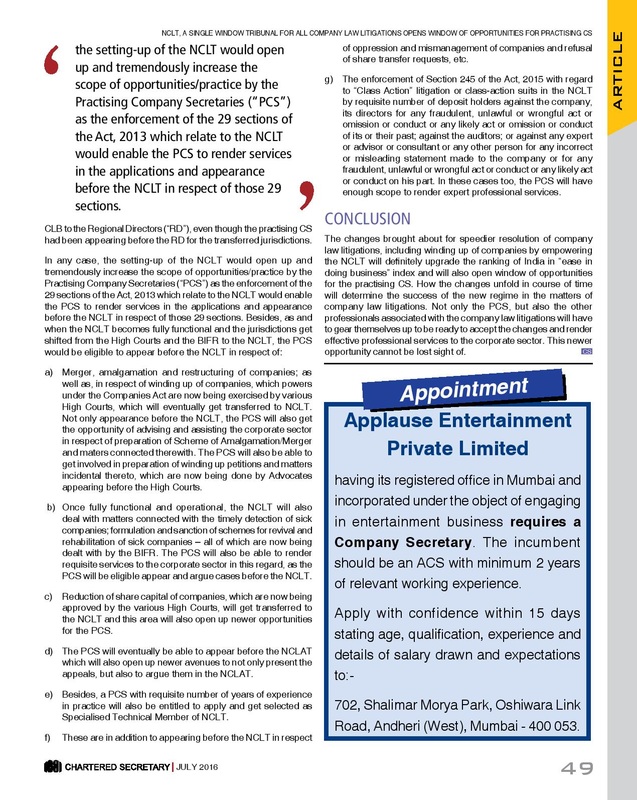
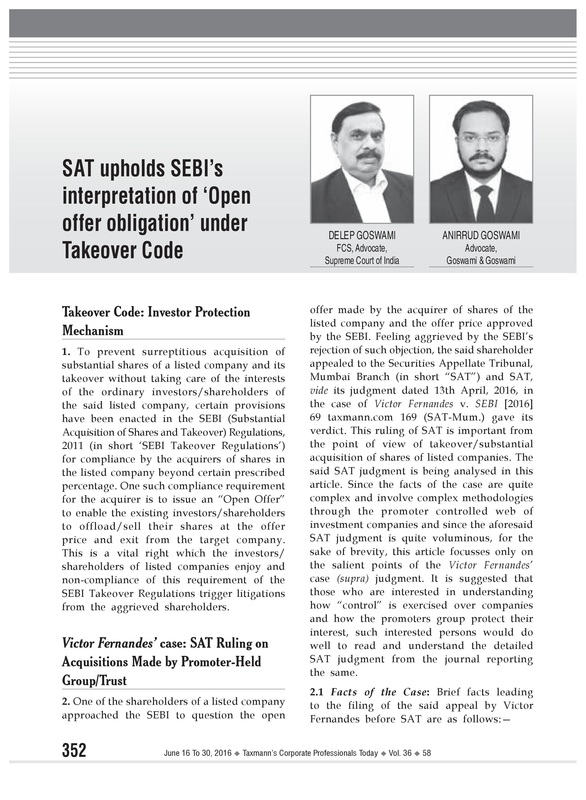
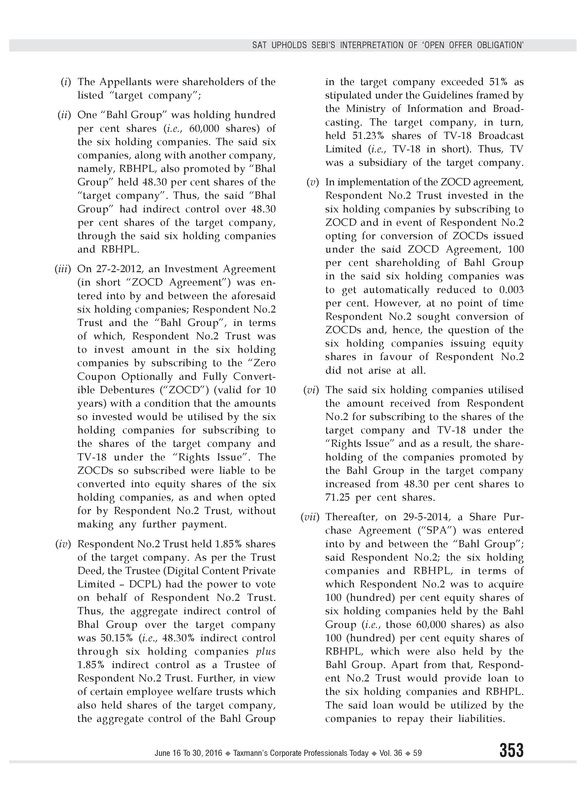
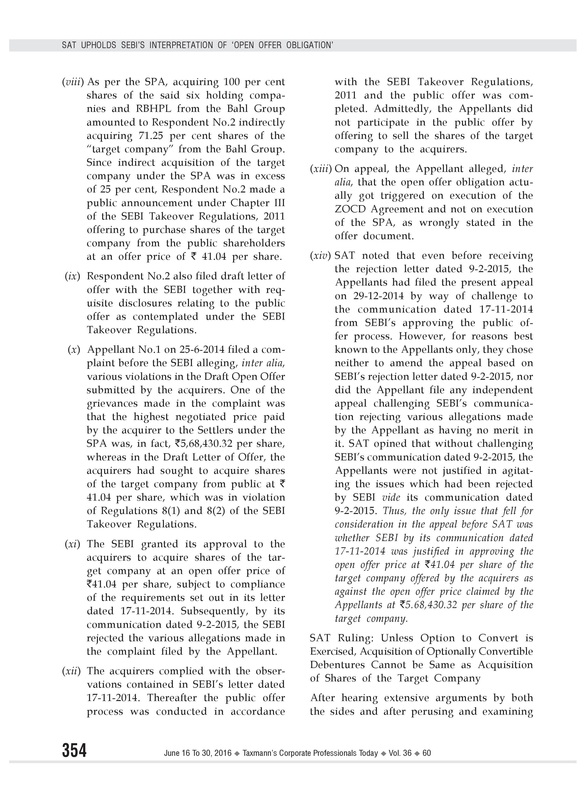
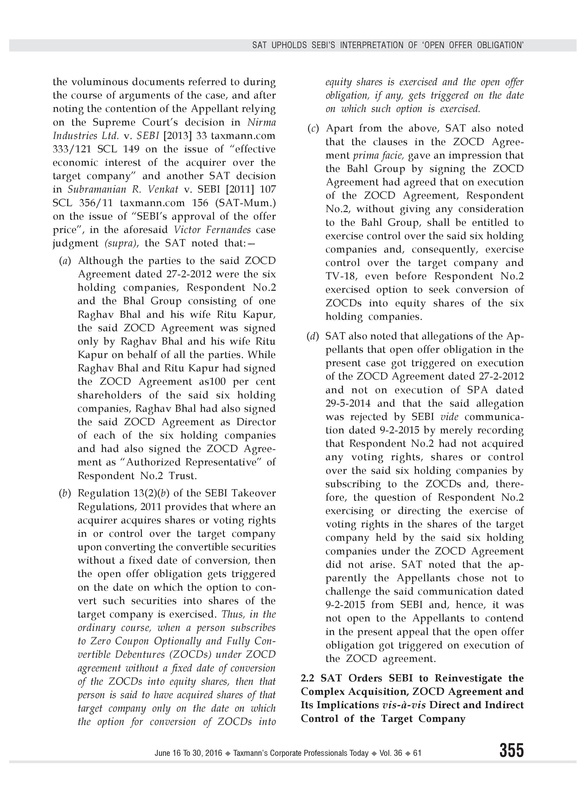
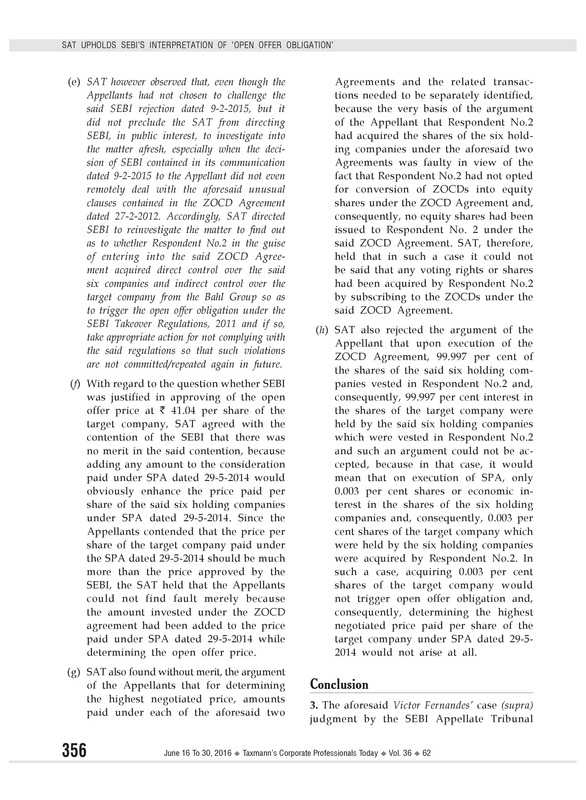
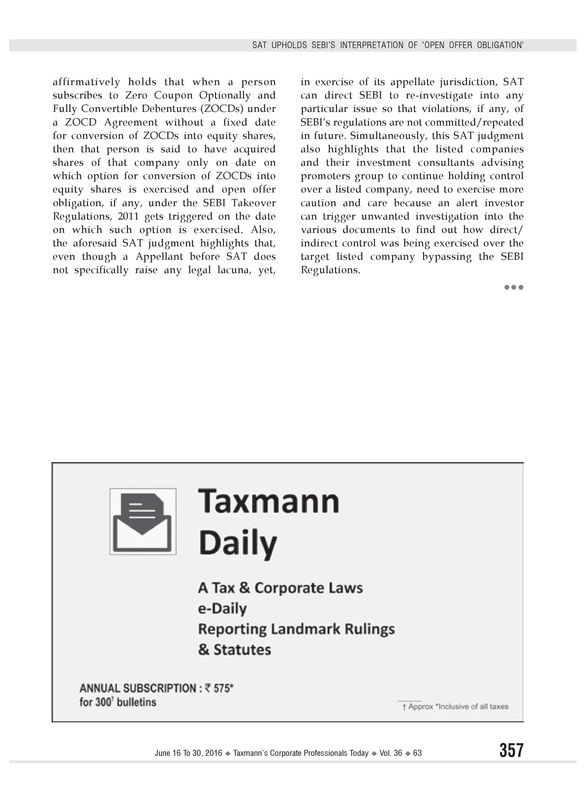
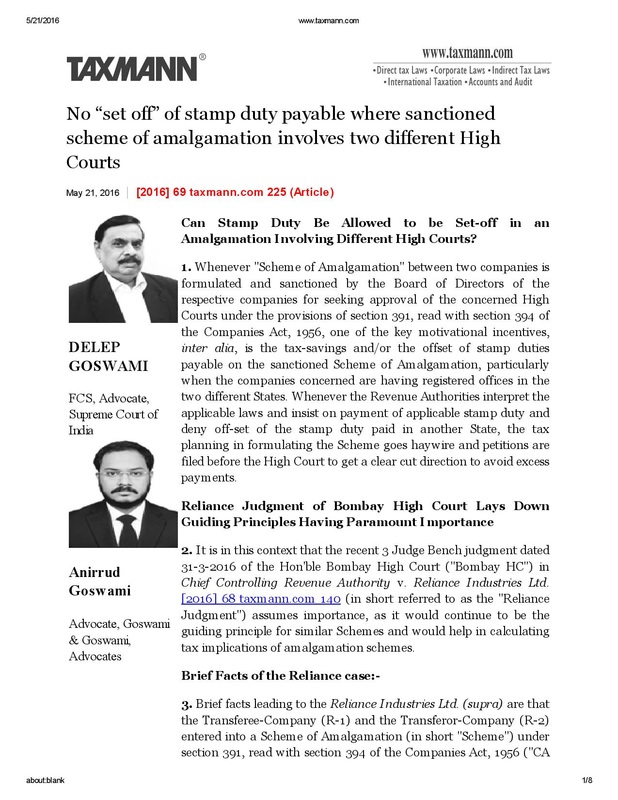
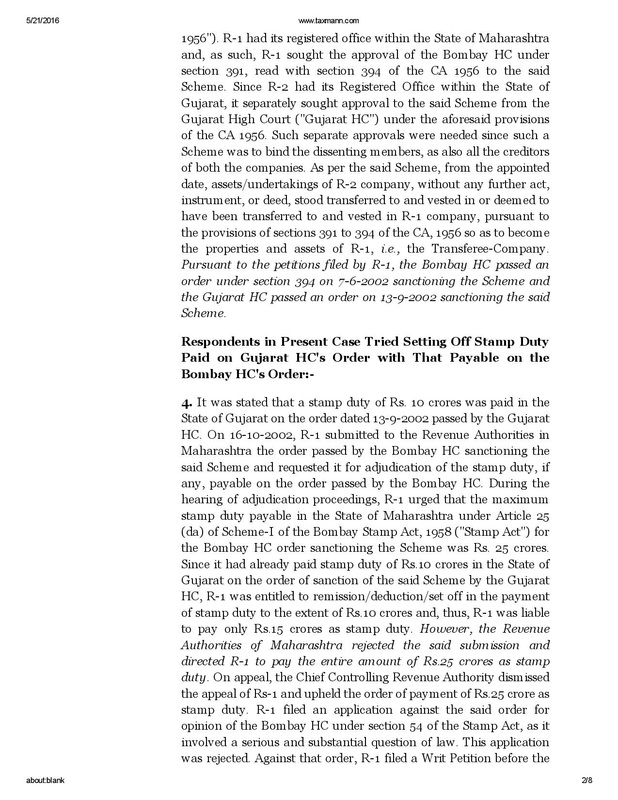
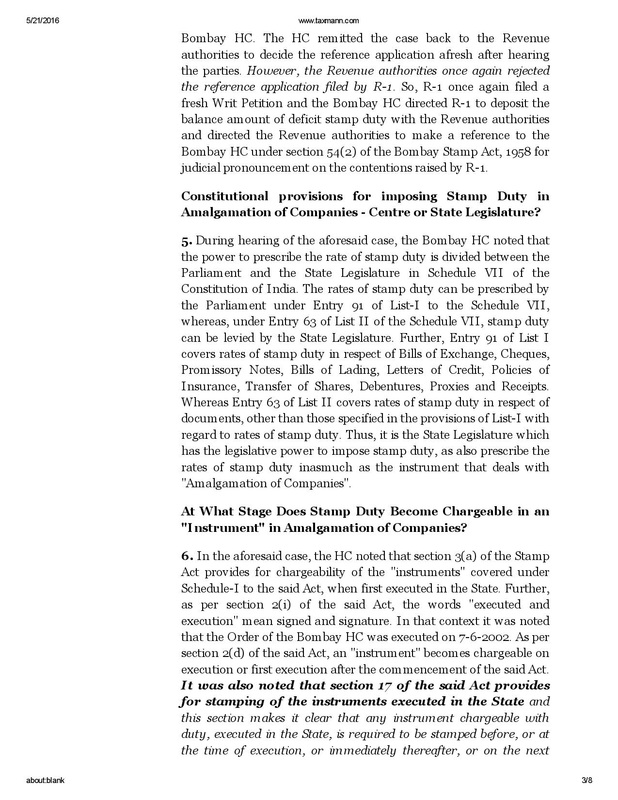
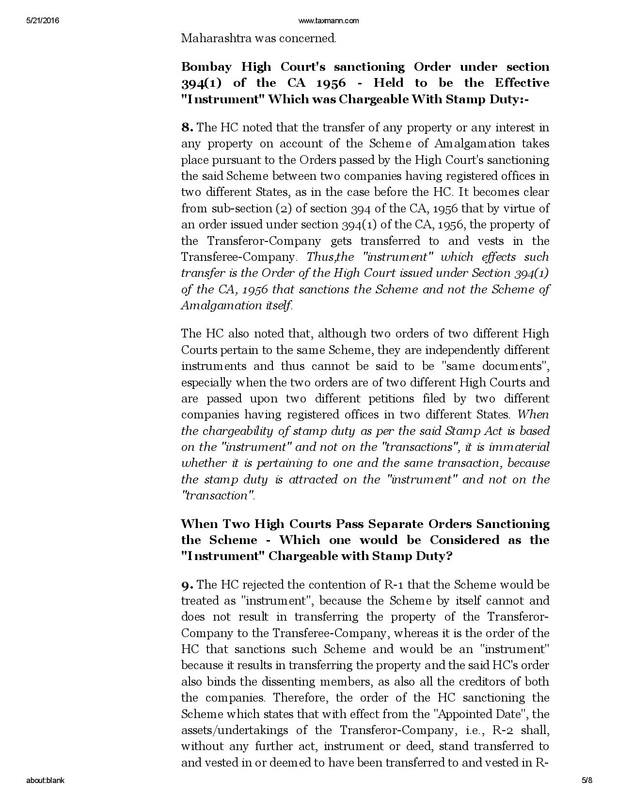
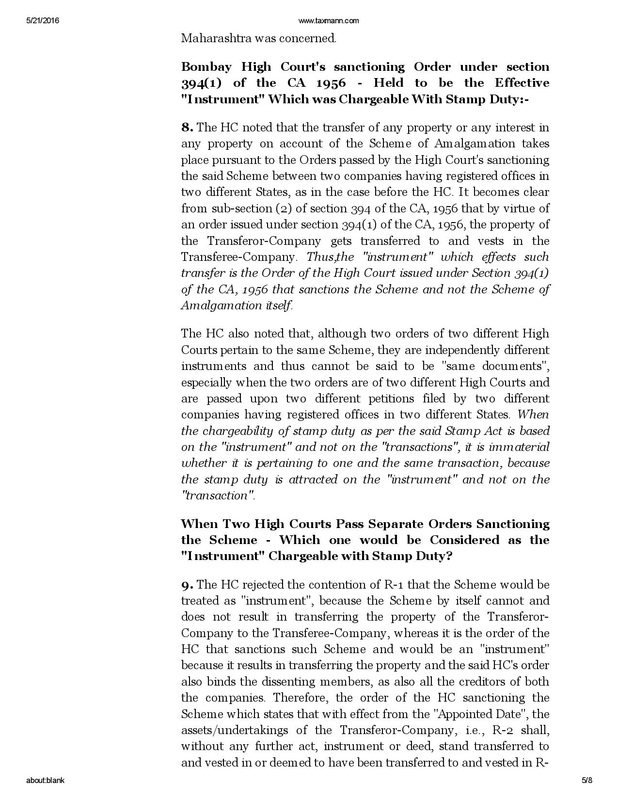
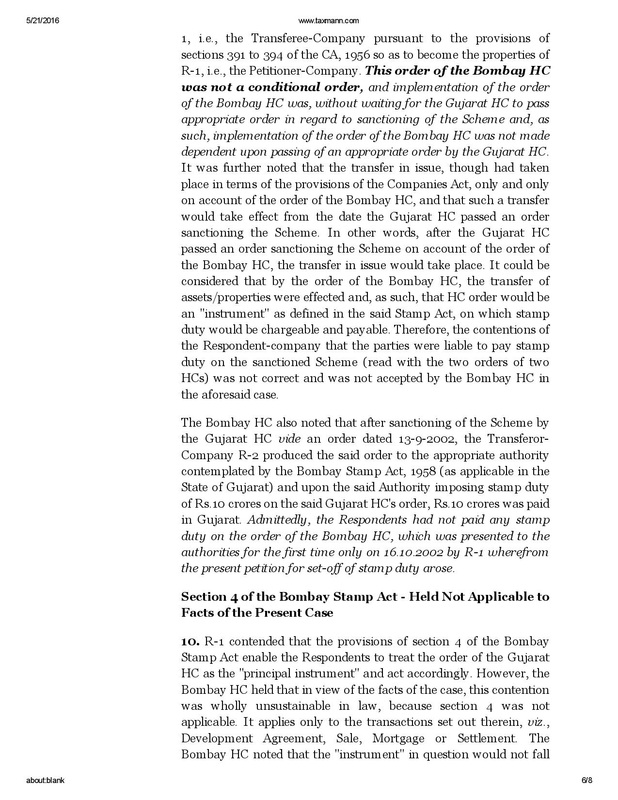
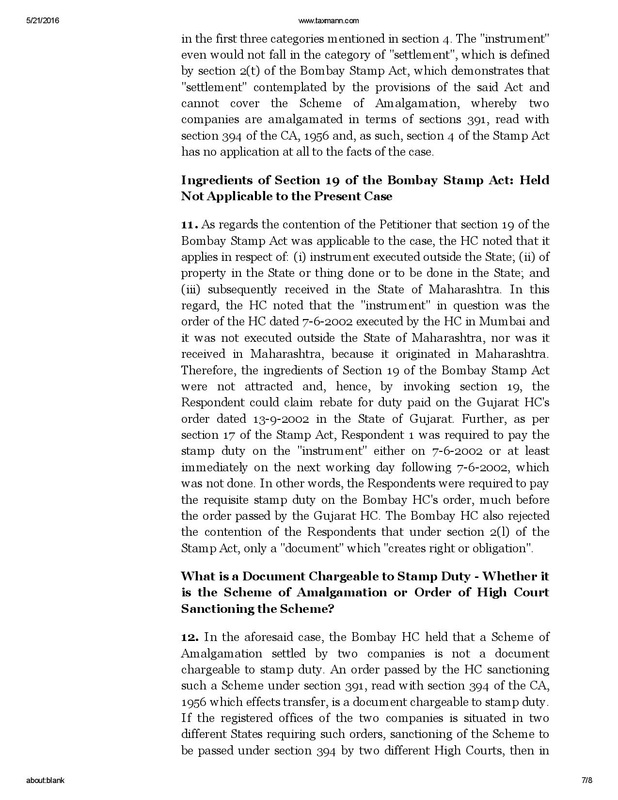
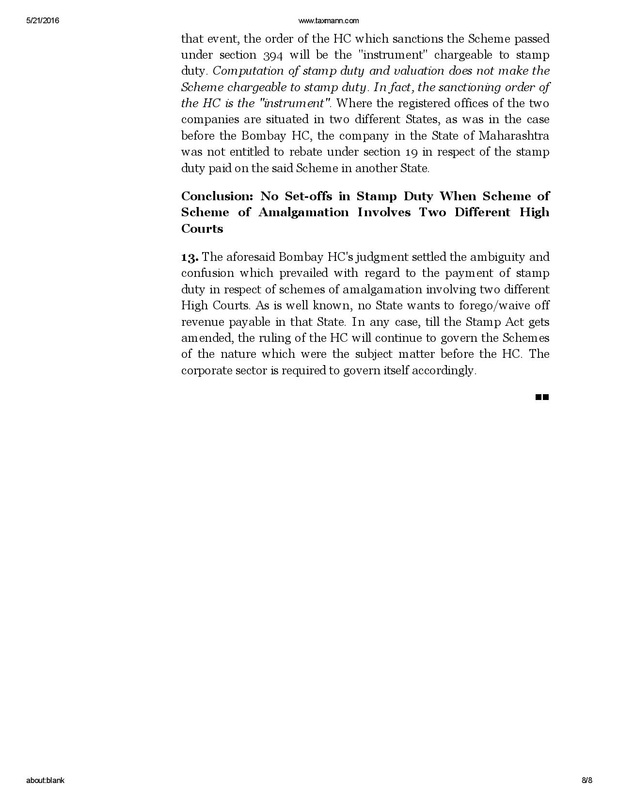
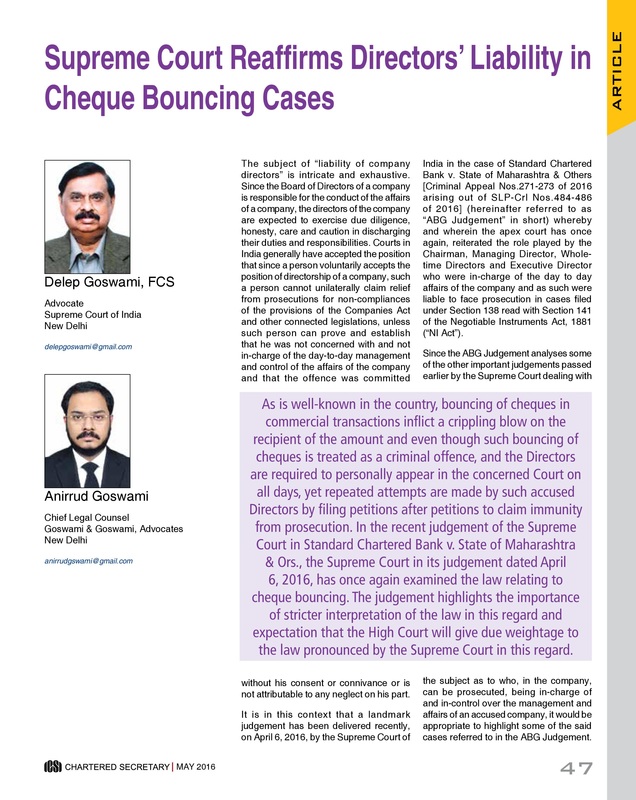
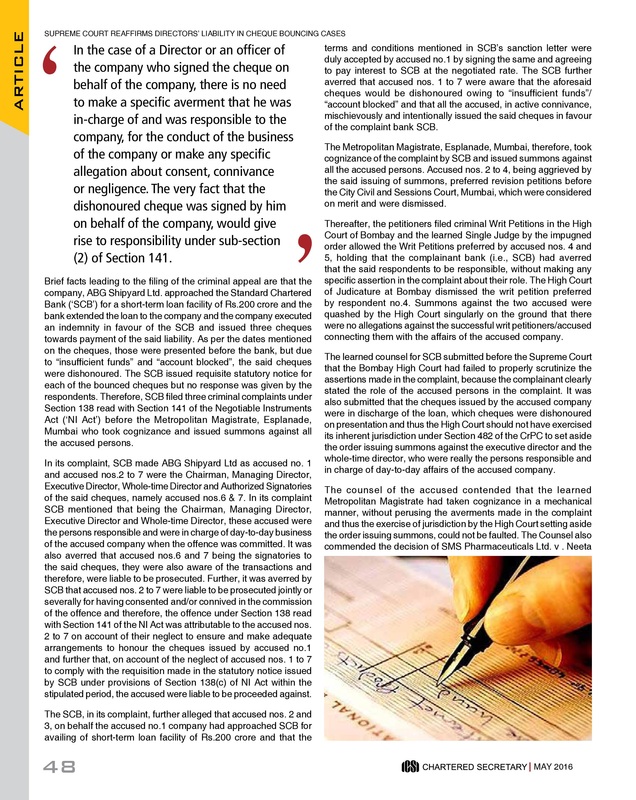
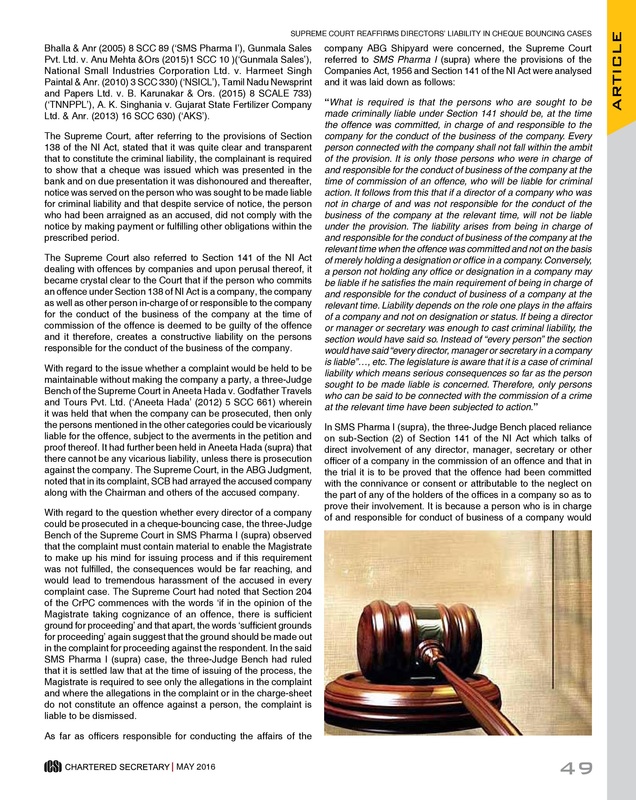
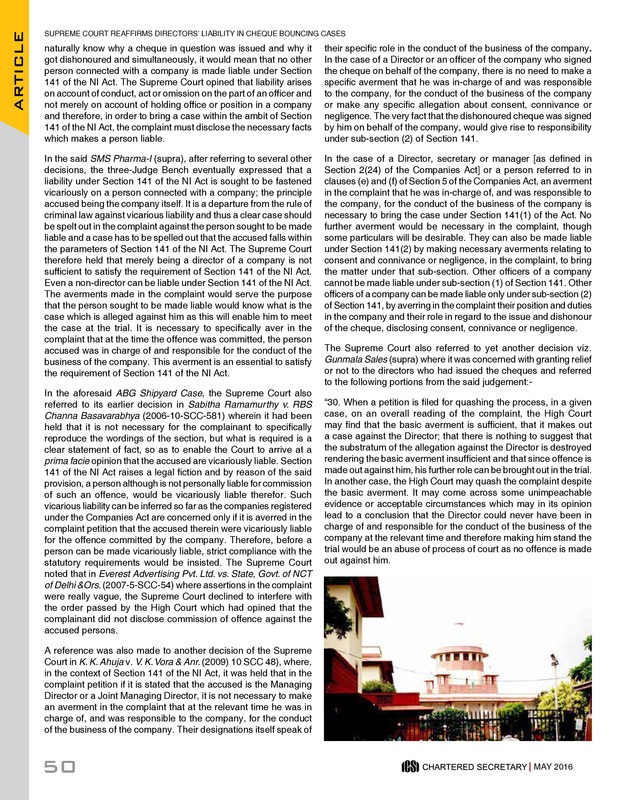
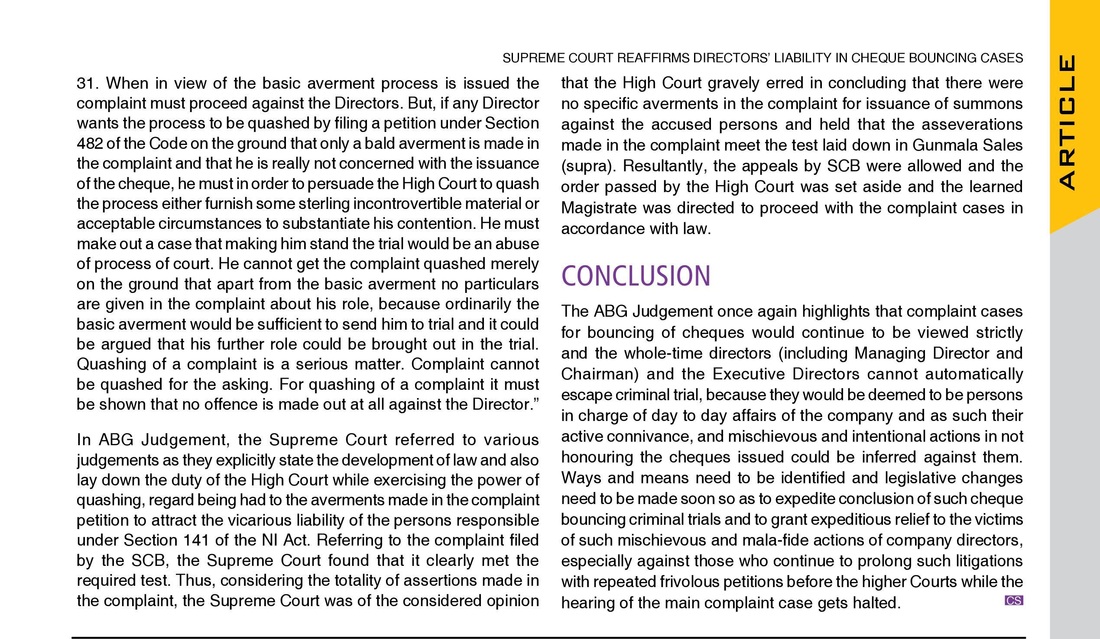


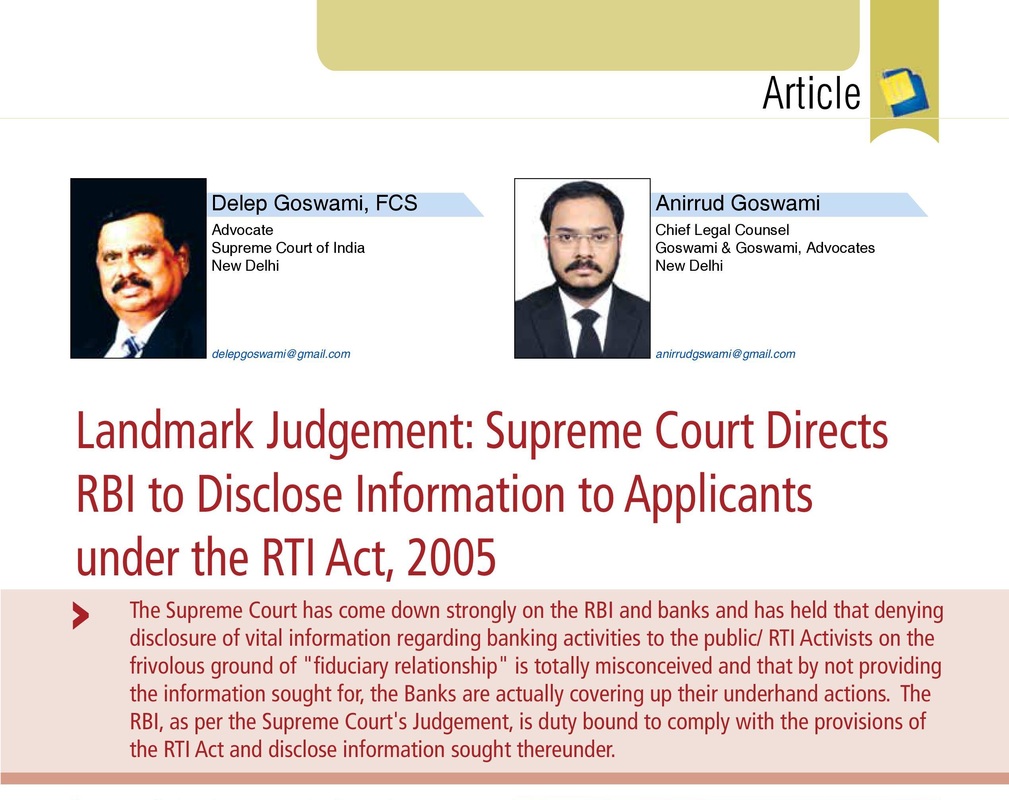


 RSS Feed
RSS Feed
